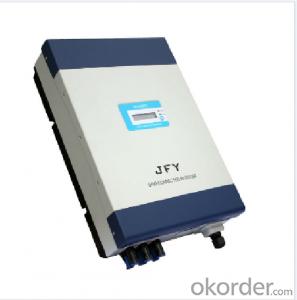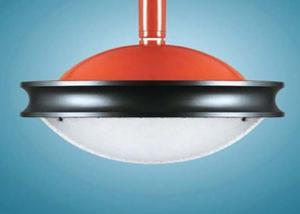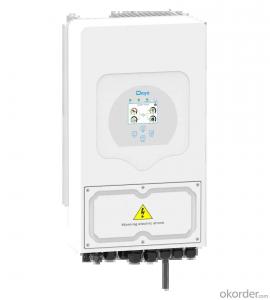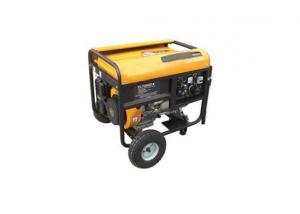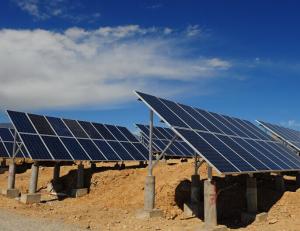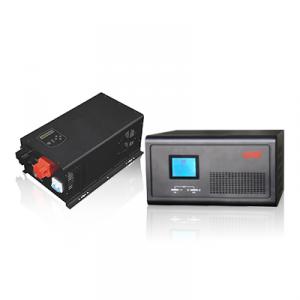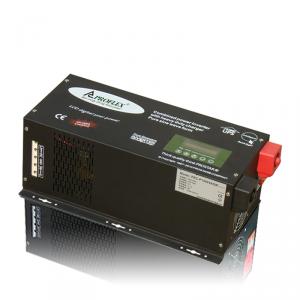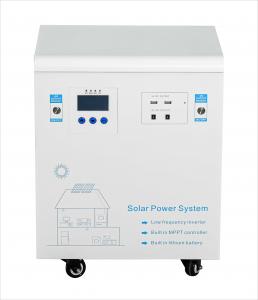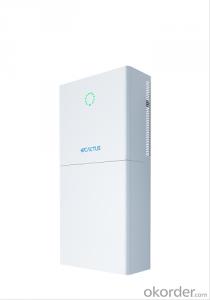5 Kw Hybrid Solar Inverter
5 Kw Hybrid Solar Inverter Related Searches
5kw Hybrid Solar Inverter 5kw Solar Hybrid Inverter Hybrid Solar Inverter 5kw 5kva Hybrid Solar Inverter 5kw Solar Inverter 5kw Solar Power Inverter 5 Kilowatt Solar Inverter Solar 5kw Inverter 5 Kva Solar Inverter 5kv Solar Inverter Solar Power 5kw Inverter 5kw Solar Panel Inverter 5kw Inverter Solar System 5kva Solar Inverter 5 Kw 3 Phase Solar Inverter Solar 5kva Inverter Inverter For 5kw Solar System 5k Solar Inverter 5kw Solar Inverter For Sale 5.5 Kw Solar Inverter 5kw 3 Phase Solar Inverter Best 5kw Solar Inverter 5kva Inverter Solar System 5kw On Grid Solar Inverter 5kw Three Phase Solar Inverter 5kw 48v Solar Inverter 5.5 Kva Solar Inverter 5000w Solar Power Inverter Abb 5kw Solar Inverter 5kw Off Grid Solar Inverter5 Kw Hybrid Solar Inverter Supplier & Manufacturer from China
The 5 Kw Hybrid Solar Inverter is a versatile and efficient product designed to optimize the performance of solar energy systems. It is engineered to manage the power conversion from solar panels to usable electricity, ensuring maximum efficiency and reliability. This inverter is particularly useful for residential and commercial applications where a stable and consistent power supply is required.The 5 Kw Hybrid Solar Inverter is widely used in various scenarios, such as off-grid systems, grid-tied systems, and backup power solutions. It is capable of handling different types of solar panel configurations and can be easily integrated with battery storage systems for enhanced energy management. This product is ideal for those looking to harness the power of the sun while maintaining a reliable and sustainable energy source.
Okorder.com is a leading wholesale supplier of the 5 Kw Hybrid Solar Inverter, offering a vast inventory to cater to the needs of various customers. With a strong commitment to quality and service, Okorder.com ensures that each 5 Kw Hybrid Solar Inverter is thoroughly tested and inspected before being shipped to customers worldwide. This guarantees that users receive a high-quality product that meets their specific energy requirements and expectations.
Hot Products







